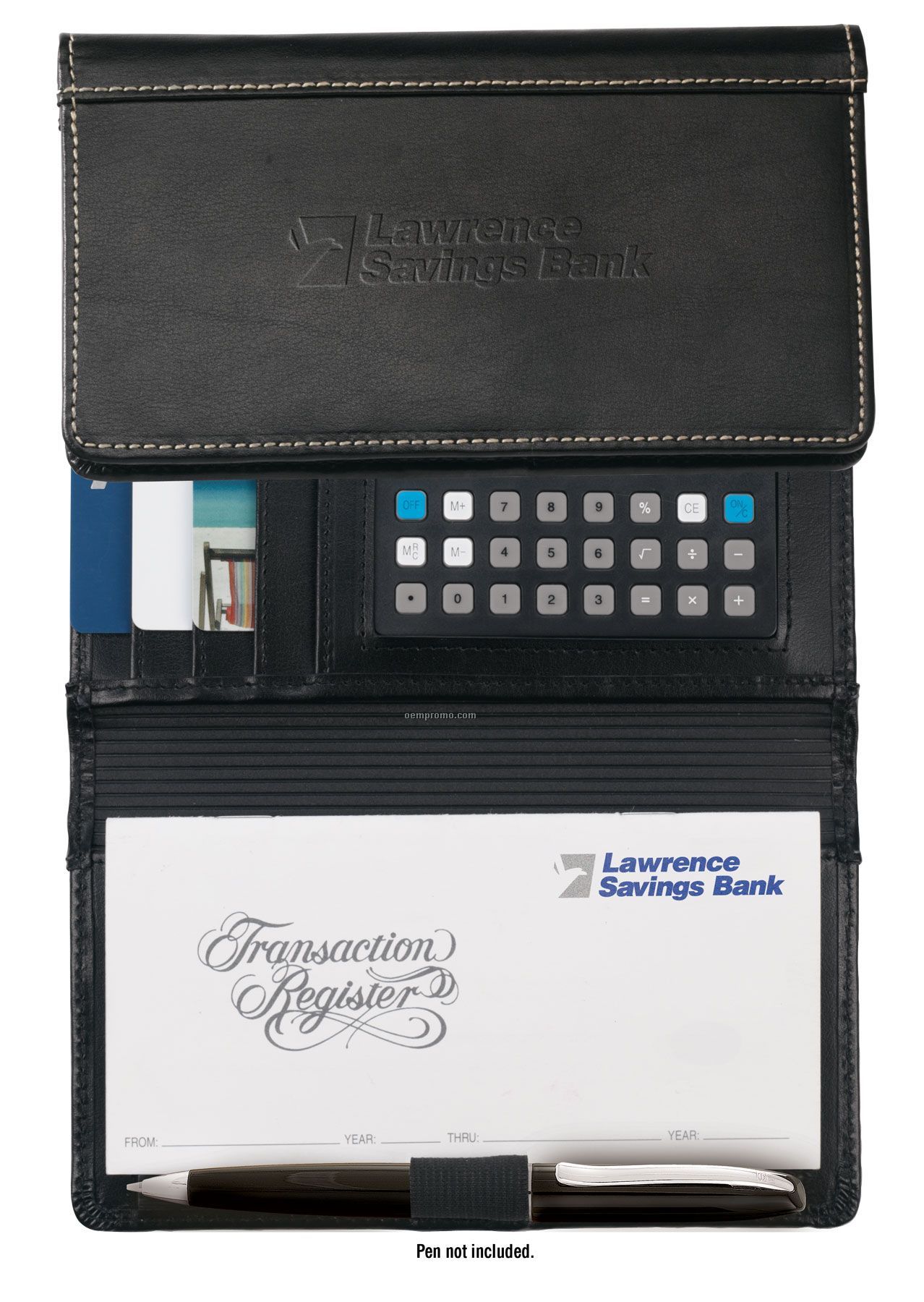

A general rule of thumb is to diversify your investment portfolio-meaning you should have funds invested in a variety of ventures and vehicles to minimize the risks. However, there is more risk associated, so it’s important to consult with a financial advisor before taking this route.

Investing, such as in the stock market, tends to offer higher potential dividends than most accounts. The rates offered are quite favorable, and they can help supplement a savings or retirement account.

These accounts have a set duration-called a term-in which the amount you deposit will yield dividends. IRAs and other certificates allow you to put money into an account with your financial institution to accumulate interest. Once you have enough in savings, it’s a good idea to start putting a little more toward retirement. Retirement accountsĪ retirement account such as a 401(k) can provide much higher dividends than a savings or checking account. Keep in mind that even though savings accounts offer higher rates than checking accounts, they’re not the most stellar option for earning interest. In this way, they act as something of an emergency fund that you can use if you find yourself under financial duress. In addition to having a couple of months’ worth of funds in your checking account, you should keep enough in savings to last you for three to six months. A few of the options you have available include those listed below. Rather than let excess funds sit around in your checking account, it’s best to put them to good use in other types of accounts. Fraudulent charges from your account are pretty easy to notice and resolve, but it is still a risk. By limiting the amount you keep in your checking account, it keeps the potential losses to a minimum.Īll in all, these risks are fairly minimal. Over time, the result could be high losses due to fraudulent charges, and you might be held responsible for paying those if you don’t catch them promptly. If you lose your debit card or your card number is stolen, for example, it’s very easy for someone else to use it. As such, an excessively large cushion in your checking account is a bit of a waste. Typically, your funds are more productive in other accounts that offer higher returns, such as savings, money market, or retirement accounts. Low interestĬhecking accounts don’t usually offer much-if any-interest. The following are a couple of reasons why. While it’s important to have enough in your checking account to cover your regular expenses, it is best to keep extra funds elsewhere. Reasons To Limit How Much To Keep In Checking If you have a direct deposit that kicks in every few weeks without too much waiting, you might be able to get away with having a little less in your checking account. It is worthwhile to take your regular payment schedules and direct deposit into account when determining how much you should keep in checking. Your regular spending shouldn’t trigger you to make frequent transfers from other accounts into your checking.

If you are limited in how often you transfer money between accounts, you’ll want enough of a cushion in your checking account to keep those transfers to a minimum.
Best checkbook calculator plus#
The two-months’ worth of funds plus your minimum balance requirements also helps you avoid overdrawing your account, thereby preventing hefty charges from trying to spend too much. If there’s a minimum balance, add that to the amount you should have in your account. Dipping below that amount could result in monthly service fees, so that’s beneficial to consider when deciding how much to keep in checking. Many financial institutions have minimum balances in effect on checking accounts. That includes items such as rent, mortgage payments, bills, food, clothing, entertainment-anything you would normally spend money on over a month.īy having a two-month cushion in your account, you’ll have an easier time avoiding overdraft fees or penalties for failing to meet minimum balance requirements. It’s best to have enough in your checking account to cover one to two months of regular spending. When deciding how much to keep in your checking account, consider the following: Monthly expenses General Considerations For How Much To Keep In Checking Knowing how much to keep in checking depends on your situation, but a general rule of thumb is to have enough of a cushion to last you a couple of months. That said, you don’t necessarily want all of your funds sitting in a checking account. Checking accounts are a necessity for most people since they make paying bills, buying groceries, and other expenses much easier than they would be with cash alone.


 0 kommentar(er)
0 kommentar(er)
